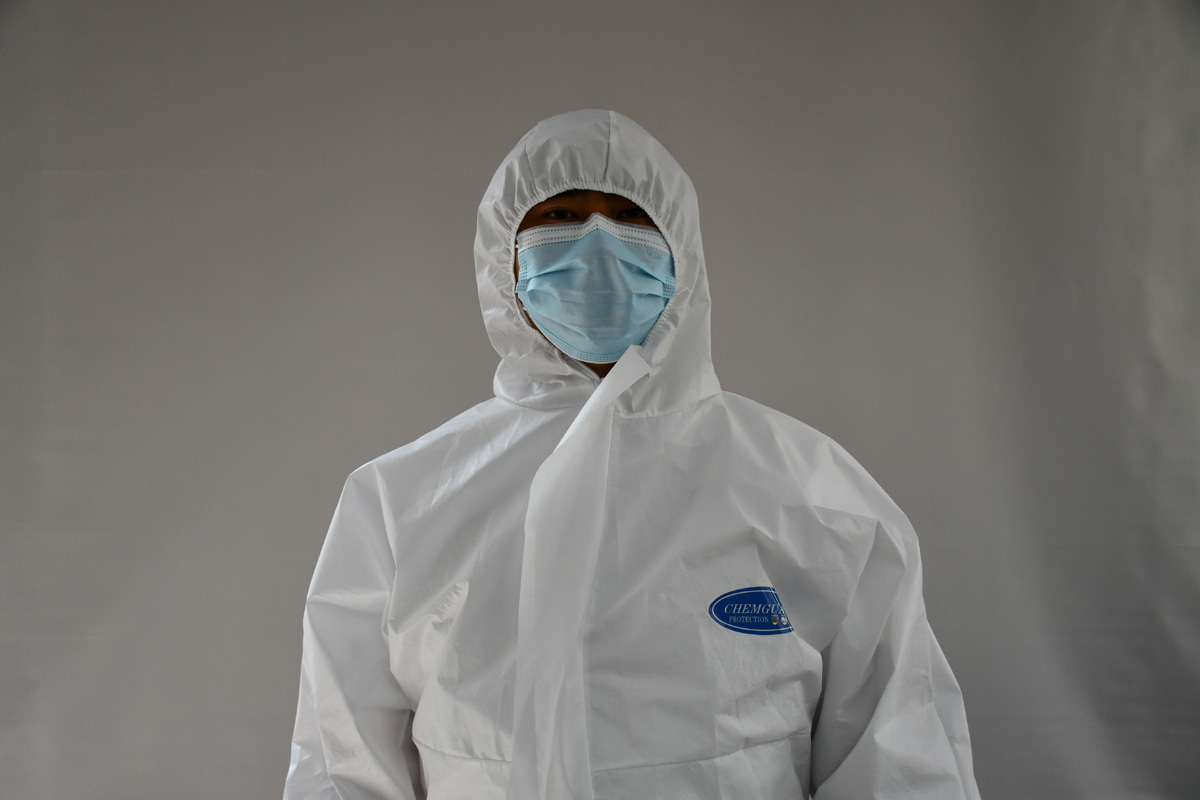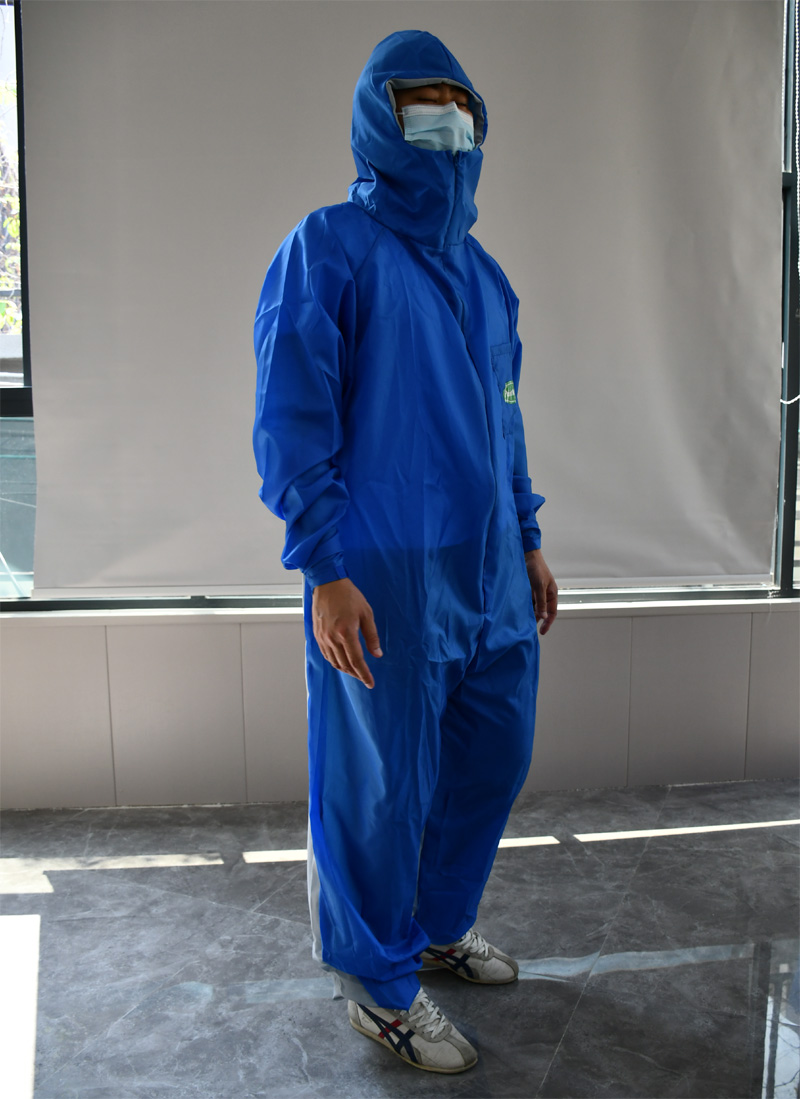Welcome to广州汇晟供应链管理有限公司,The company is Protective clothing、R & D and manufacturers,Quality assurance.
Welcome to广州汇晟供应链管理有限公司,The company is Protective clothing、R & D and manufacturers,Quality assurance.
当前位置:home > EVENTS > Company News»
Protective clothing,Disposable Protective clothing,personal Protective clothing,Personal Protective Equipment hong Kong,personal protective equipment中文,Protective clothing factory,Disposable Protective clothing factory,Protective Suit factory

On July 9, at the "2020 online seminar on new materials and technologies of personal protective equipment" hosted by the testing center of China Textile Industry Federation, Zhang Xiaohuan, a scientist of DuPont personal protective equipment application and development, made a detailed interpretation of the performance and standards of protective clothing materials.
Fabric and technology determine the performance of protective clothing
In various high-risk jobs, protective clothing is a life barrier for operators. Whether it is to block dust, harmful chemicals or virus invasion, the unique protective performance of each kind of protective clothing is determined by the fabric and technology. According to reports, at present, protective clothing on the market is divided into three categories according to materials: first, protective clothing made of rubber or thermoplastic materials, and the most common are butyl rubber, neoprene and fluorinated rubber materials. These materials have high mechanical strength, but are airtight. They are usually used as reusable protective clothing materials. Moreover, this kind of protective clothing is cumbersome, inconvenient to move, and has great limitations in chemical protection. The second is activated carbon coated fabric protective clothing. Generally, this kind of protective clothing has two-layer structure. The inner structure is treated by adhering activated carbon adsorption or mixing carbon fiber with the fiber itself, which can prevent toxic gases and droplet like poisons. Generally, this kind of protective clothing will be made into camouflage or other specific colors, with camouflage function. Generally speaking, this kind of protective clothing fabric is anti-virus, breathable and has camouflage function. It is often used as anti-virus clothing by the army. Third, non-woven fabric and multilayer composite film protective clothing, which is also the mainstream protective clothing material in the market. This kind of protective clothing material can be divided into two types according to its protection mechanism: breathable and airtight (isolated).
More common are breathable non-woven materials, mainly including:

0 1
SBPP non-woven material. It is a non-woven fabric made of polypropylene, which is characterized by good tensile strength, but not waterproof, and limited protection against particles. It is often used in non-toxic places, such as in dirty operating environments, as a low-cost protective clothing solution.

0 2
SMS non-woven materials. It is a composite product of spunbonded and melt blown, which mainly has a three-layer structure. The upper and lower layers are composed of spunbonded polypropylene, which is mainly used to provide physical strength for the material and protect the intermediate melt blown layer, which is also a structure to provide filtration effect. Compared with SBPP material, SMS has a great improvement in particle protection and liquid splash prevention. After carbon mixing treatment, SMS can resist water, blood and alcohol, and is widely used in the medical field.
0 3
Multilayer composite membrane material, waterproof and breathable composite membrane material. In this epidemic, the most widely used is waterproof and breathable composite membrane materials. This material mainly has two layers, spunbonded polypropylene and microporous breathable membrane. Spunbonded polypropylene plays a role of physical support; Microporous breathable membrane can allow small molecules such as air and water to pass through, but liquid or solid particles will be blocked out.

0 4
Flash polyethylene (Tyvek ®), DuPont Tyvek ®, It is a non-woven fabric made of high-strength continuous high-density polyethylene fiber through flash spinning and bonding process. It is reported that DuPont Tyvek ® It was invented by DuPont in 1955 and officially registered Tyvek in 1965 ® Trademark, which was not officially commercialized until 1967. It adopts flash evaporation process to melt polyethylene in a specific solution, and then through high temperature, high pressure and rapid expansion, the solvent volatilizes and polymerizes instantly to form ultrafine fibers. Under the action of static electricity, this kind of superfine fiber can keep its roots independent, then lay it into a spider mesh, and finally make it into non-woven fabric by hot pressing.

Disposable clothing company specializes in the sales of disp…